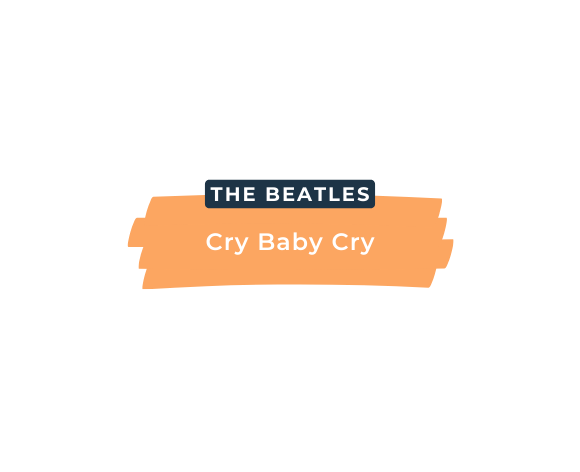JustinGuitar.com uses cookies to enhance your browsing experience. By continuing to use this site, you consent to the use of cookies. For more detailed information, please review the full Terms & Conditions.
🚨 Save Your Songs, Save Your Rhythm—Save 50%! 🎸 Get the Strumming SOS Course at half price, but only for a limited time!
I gotta admit I struggled with this when I was first shown it. Now it seems kinda simple, but man it did my head in to start off with.
Altered harmony is used to add more tension in a functioning V chord, which makes the resolution to the I chord even stronger. Altered harmony introduces a b9, #9, b5 and #5. More notes below the vid.
I'm going to show you this example in G.
Start with the chord tones of G7 - the root, 3rd and b7 (we leave out the 5th because it is one of the notes we're going to alter.
| G | B | F |
| R | 3 | b7 |
Then we add in the b9 and #9 and the b5 and #5
| G | Ab | A# | B | Db | D# | F |
| R | b9 | #9 | 3 | b5 | #5 | b7 |
Then we re-name some of the notes to make sure the scale runs alphabetically. We do this by using "enharmonic equivalents", notes that sound the same but have different names.
| G | Ab | Bb | Cb | Db | Eb | F |
| R | b9 | #9 | 3 | b5 | #5 | b7 |
Now it looks more like a scale. And it is! It's the Ab Melodic Minor Scale, but we are starting on the 7th note of the scale.
The Altered Scale is the 7th mode of the melodic minor scale.
To work out which Melodic minor scale is the parent scale for the Altered Scale you want to play, just look one semitone above the root note of the V7 chord. Some examples.
G7 = G Altered Scale = 7th mode of Ab Melodic Minor Scale
B7 = B Altered Scale = 7th mode of C Melodic Minor Scale
Hope that is all making sense - now let get using them!!!

This John Lennon classic is perfect for advancing beginners, featuring open chords, fun rhythms, and a descending baseline that's easier than you think.